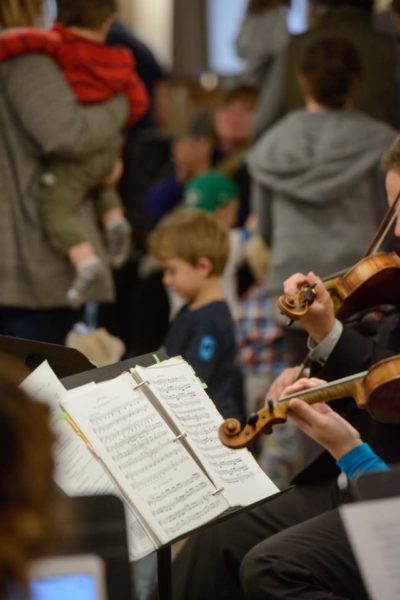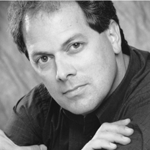 It would be impossible to do a performance of How the Grinch Stole Christmas without an exceptional narrator – the story has been read by parents and children for decades, each word burned in to our Christmastime cultural identity. The icon score that accompanied the beloved cartoon was narrated by the voice of Boris Karloff…which meant the pressure was on for us to pick the perfect voice to bring this classic to life on stage.
It would be impossible to do a performance of How the Grinch Stole Christmas without an exceptional narrator – the story has been read by parents and children for decades, each word burned in to our Christmastime cultural identity. The icon score that accompanied the beloved cartoon was narrated by the voice of Boris Karloff…which meant the pressure was on for us to pick the perfect voice to bring this classic to life on stage.
Enter stage right Dr Garry Gable. Garry has been a star on stages across the globe, and often here at home in Saskatoon – between his performances with Saskatoon Opera, Persephone Theatre, and the SSO, this performance of the Grinch gives us the chance to showcase his voice and acting all in a one-of-a-kind concert experience!
Dr. Garry Gable, bass-baritone, resides in Saskatoon where he teaches vocal studies and directs the Music Theatre Ensemble at the University of Saskatchewan. He is a recipient of the Provost’s Awards for Outstanding Teaching at the University of Saskatchewan, and his students have enjoyed success across Canada and into Europe, the United States, and China.
He has performed across Canada and into the USA in all types of music, musical theater, drama, television, and in-concert productions. He has enjoyed success in recital in China, where Garry is adjunct faculty in Music Conservatories in Wuhan and Tianjin. He has been heard in recital with his spouse/pianist Kathleen Lohrenz Gable on the CBC-Radio both regionally and nationally.
In Saskatoon, there have been many appearances with the Saskatoon Symphony, and with Saskatoon Opera Association. Garry has been seen as Frank in Die Fledermaus, Il Commendatore in Don Giovanni, Dulcamara in L’elisir d’amore, Alcindoro in La Bohème, Dr. Bartolo in Le Nozze di Figaro, Zuniga in Carmen, and as the Bonz in Madama Butterfly. In 2017 he will join SOA as the Commendatore in Don Giovanni. He also had a successful turn in Persephone Theater’s It’s a wonderful life as the irascible Mr. Potter, and earlier was seen as the affable father in Beauty and the Beast. Garry has sung many times with the Saskatoon Symphony and joins them again this December to narrate and sing in How the Grinch Stole Christmas. He will also sing the role of Pangloss in March of 2017 with the Regina Symphony Orchestra performance of Candide. Garry again joins Saskatoon Opera in June 2017 to perform the Commendatore in Don Giovanni.
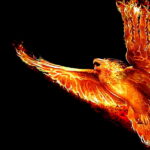

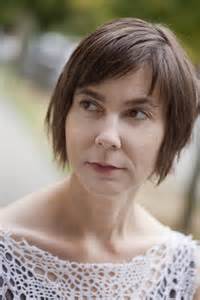 Morlock’s international career was launched at the 1999 International Society for Contemporary Music’s World Music Days with Romanian performances of her quartet Bird in the Tangled Sky. Since then, she has become the composer of record for significant music competitions, including the 2008 Eckhardt-Gramatté National Music Competition and the 2005 Montreal International Music Competition, for which she wrote
Morlock’s international career was launched at the 1999 International Society for Contemporary Music’s World Music Days with Romanian performances of her quartet Bird in the Tangled Sky. Since then, she has become the composer of record for significant music competitions, including the 2008 Eckhardt-Gramatté National Music Competition and the 2005 Montreal International Music Competition, for which she wrote 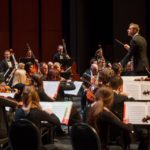
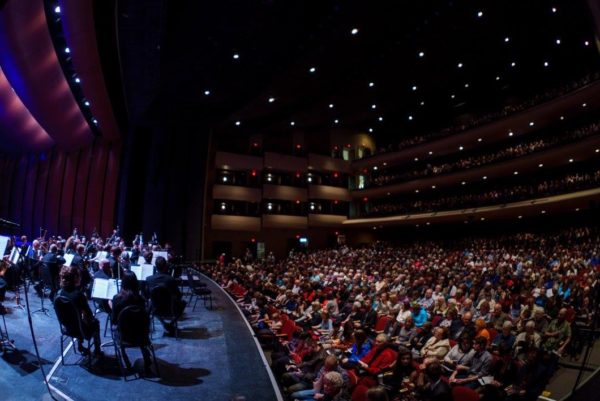 On this particular day, I was asked an important question. She asked me what my plans were.
On this particular day, I was asked an important question. She asked me what my plans were. 